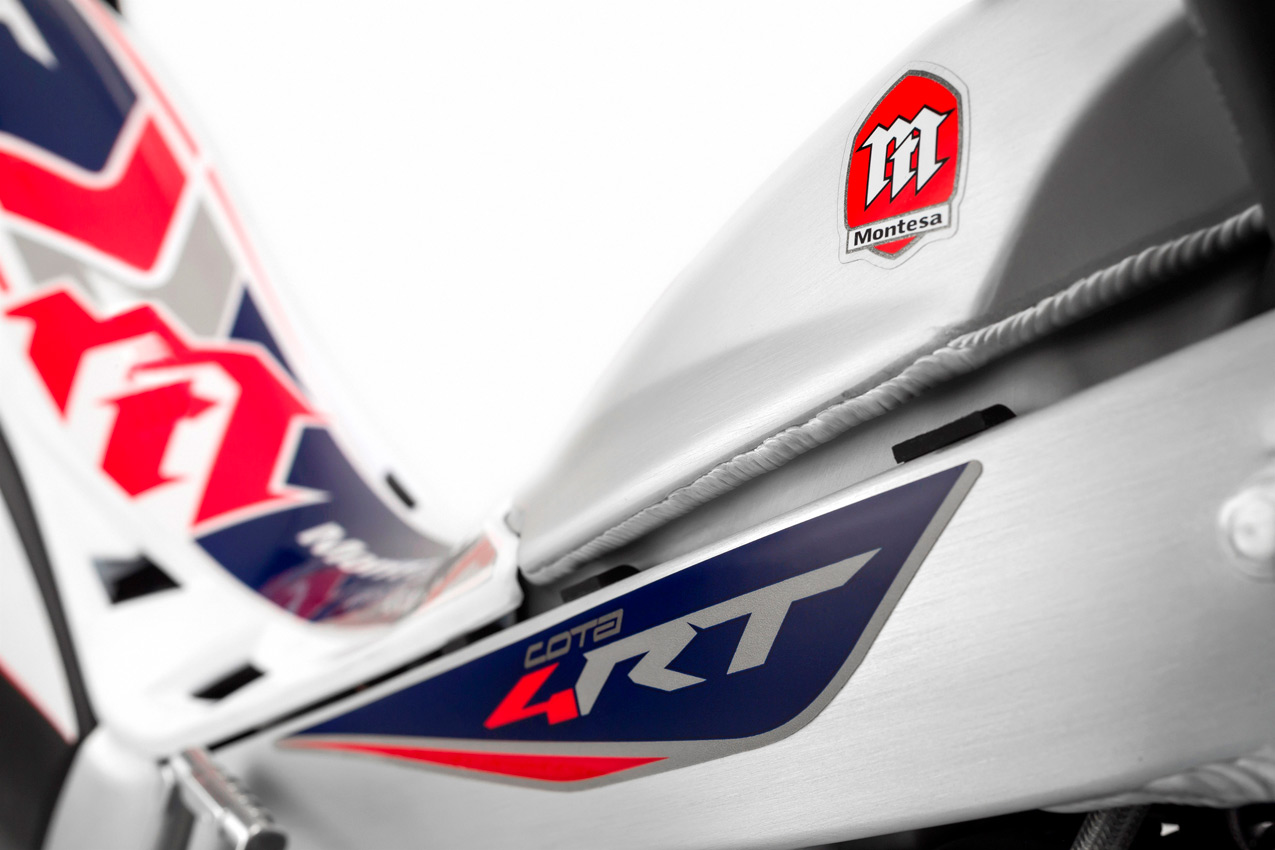Montesa started out as a small workshop in the province of Barcelona. Its creator was Pedro Permanyer Puigjaner, who was born in Barcelona in 1911 and loved mechanics. After the Spanish Civil War, he founded the company Construcciones mecánicas, which installed gasifiers in lorries and cars.
Gasifiers were a kind of low-cost gas fuel generator that made up for the shortage of petrol in Spain after the war. Ingenuity used to meet people’s needs in times of scarcity was always an added value in Permanyer’s projects.
In 1944, Spain began to recover its trade activity after one of the darkest periods in its history. People needed inexpensive forms of transport and, like Sōichirō Honda in Japan, Permanyer decided to create engines for bicycles.
After learning about Permanyer’s idea and seeing the opportunity to grow this into a much larger business, Francisco Bultó agreed to manufacture motorbikes with him. This was no easy task given the shortage of materials at the time, so they based their models on another bike already on the market: the Motobécane B1V2.
This way, they used a number parts from that bike while the rest were manufactured in Barcelona. That is how the first prototype was made. It would later lead to the A-45 in 1945, the first Montesa model: a 98cc bike with a single-cylinder two stroke engine and a three-speed, manual gearbox.


Montesa is named after the chivalric order founded by King James II of Aragon, and it aimed to relate the medieval riders of old to modern motorbikers. The brand’s logo was an “M” in medieval font inside a bright red seal.
The company grew and unveiled new models. By 1950, demand had grown so high that production was moved to a larger warehouse. The growing impact of motor sports also contributed to the brand’s visibility, and it became the first Spanish manufacturer to present at the Geneva Motor Show in 1953.
In 1958, the Stabilization Plan promoted by Spain’s dictatorship forced Montesa to cut costs, and therefore eliminated the racing division and all production focused on road-going models. Francisco Bultó did not like this shift, as he considered racing to be a fundamental part of the brand. This led to a clash between Permanyer and Bultó, which ended with the latter’s departure from the company to create his own brand: Bultaco.
The 60s and 70s
The 60s saw a marked upward trend in the Spanish economy with the increase in tourism and the entry of foreign capital. The commercialisation and popularity of the Impala model forced Montesa to increase its production capacity with a new factory in Esplugues del Llobregat. Thanks to this facility, it was able to take the leap onto the US market, where a few of its models became quite popular.
Competition in those years of growth was equally fierce, both with Bultaco and the recently-founded company Ossa. These three factories competed not only for sales, but also on the racing track, with the notable expansion of all types of models. In order to create something new, Montesa deviated from its usual catalogue of road-going motorbikes and scooters and created a dirt bike based on the Impala. That’s how the Cota 247 was born.


In the 70s, Montesa released more than 65 different new models onto the market, many of them dirt and trial bikes that were along the lines of the Cota 247. However, the arrival of Japanese bikes on the market entailed the need to improve manufacturing. Auxiliary industries were created to supply the leading factories with parts and supplies. By the end of the decade, Montesa had more than 600 employees.
The 80s
These years of growth ended in the 80s when the Spanish domestic market took a heavy hit. Bultaco and Ossa were forced to close and were absorbed by huge Japanese manufacturing firms.
Despite being in a precarious financial situation, Montesa reached an agreement with Honda to create the company Montesa-Honda.This gave the Spanish factory a boost and it began to sell its models through the Japanese brand in Europe.
In the middle of the decade, Honda became the majority shareholder and this led to a number of changes taking place at Montesa, driving the production of trial models above all others. Permanyer would not live to see the results of these changes as he passed away in 1987.


The 90s and beyond
In the 90s, Montesa-Honda trial bikes notably improved with the help of technology and processes introduced by Honda. In 1996, rider Marc Colomer became the Trial World Champion on a Montesa Cota 315, consolidating this model as a championship-winning bike.
With the arrival of the new millennium, a more stable financial situation, and fantastic sales, the factory moved to Santa Perpetua de Mogoda. There, new models began to be manufactured including the Honda XL 1000 Varadero and the Trial models that would later become the Cota 4RT after several name changes.
This is the bike with which Takahisa Fujinami and Toni Bou have been victorious at the TrialGP and X-trial World Championships. The Cota 4RT celebrated its 50th birthday in 2018, and just one year later Repsol celebrated 50 years in the world of racing!


 Join Us
Join Us  Join Us
Join Us 